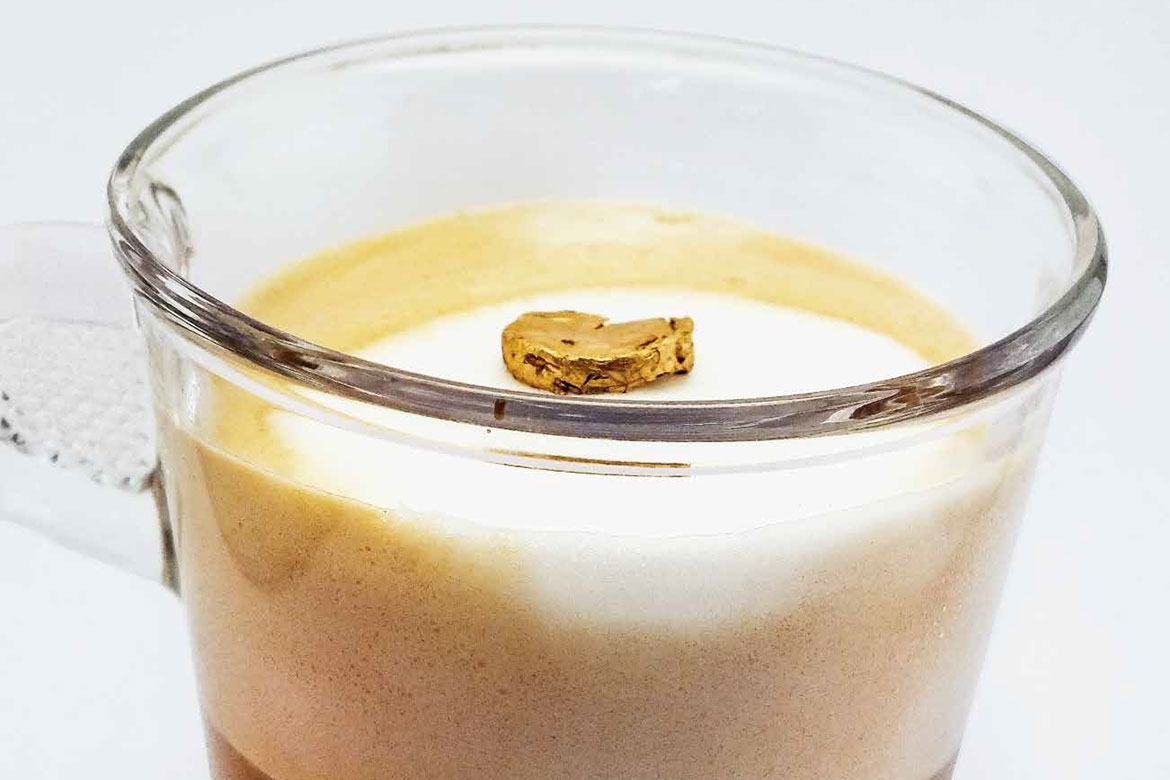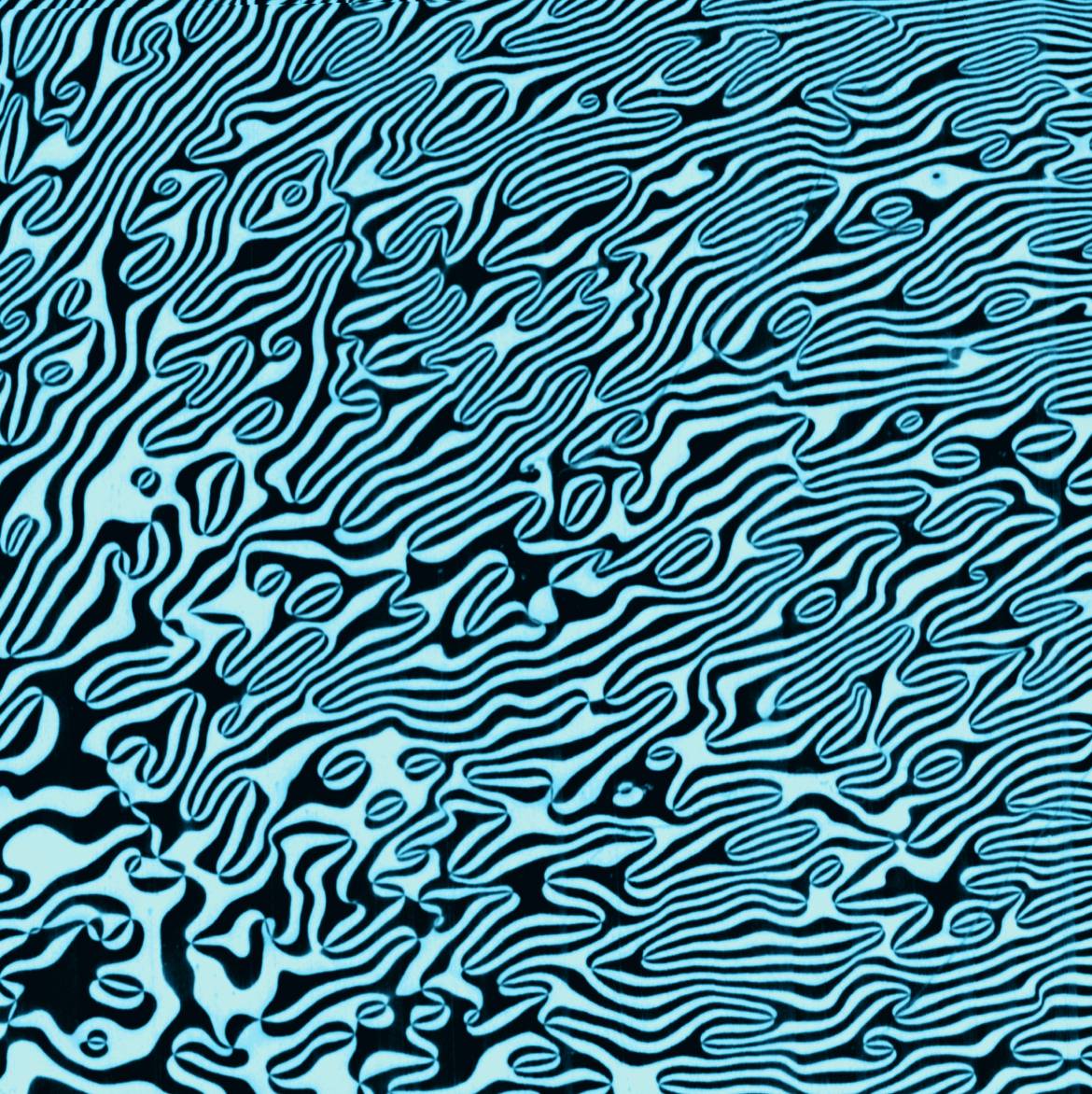Materials: nature as inspiration
A myriad of optimised materials occurs naturally in the living world. They have inspired scientists to invent antibiotic surfaces, ultra-durable colours and chemico-mechanical switches.
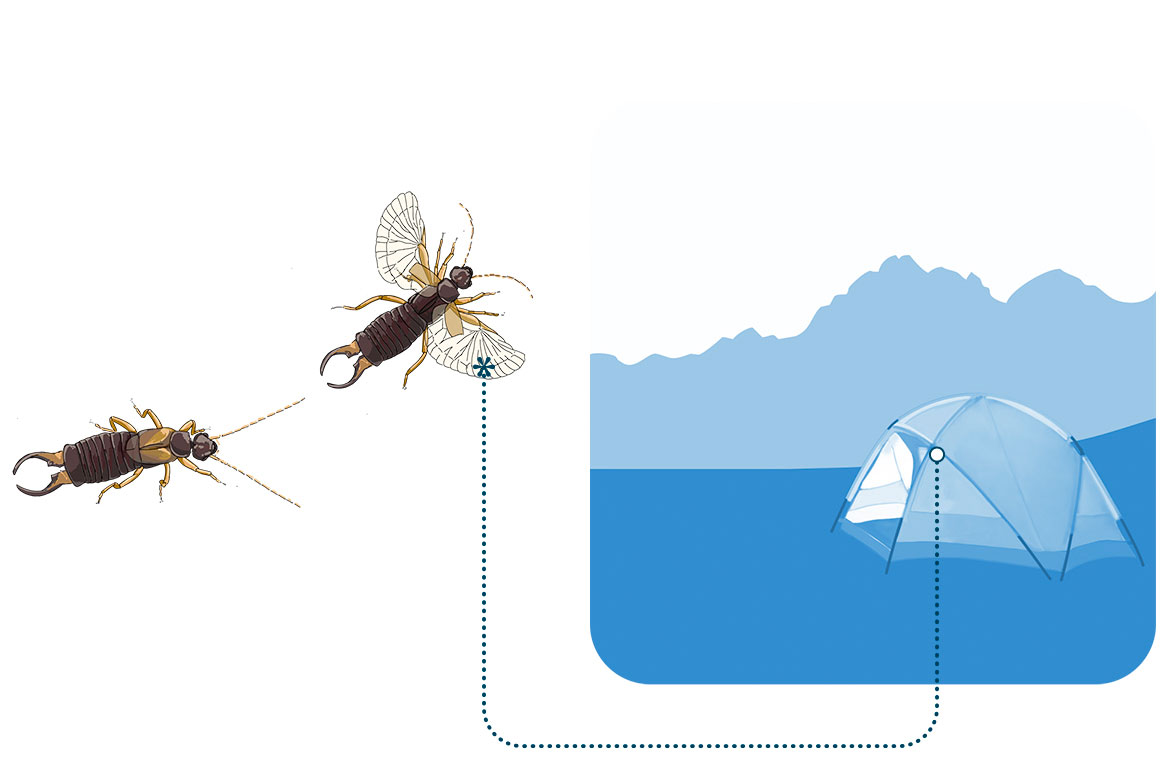
A complex arrangement of joints with variable elasticity allows for compact folding - can this be applied to tents, too?
MECHANICAL
The origami insect
The earwig can unfold its wings with a single movement, multiplying their surface area by a factor of ten. They then remain in position without any muscular force. André Studart of ETH Zurich has shown that these properties are due to a complex arrangement of joints that are different in their thickness and elasticity. His team has now produced an artificial prototype that could find potential applications in foldable electronics, solar sails for space probes and camping tents.
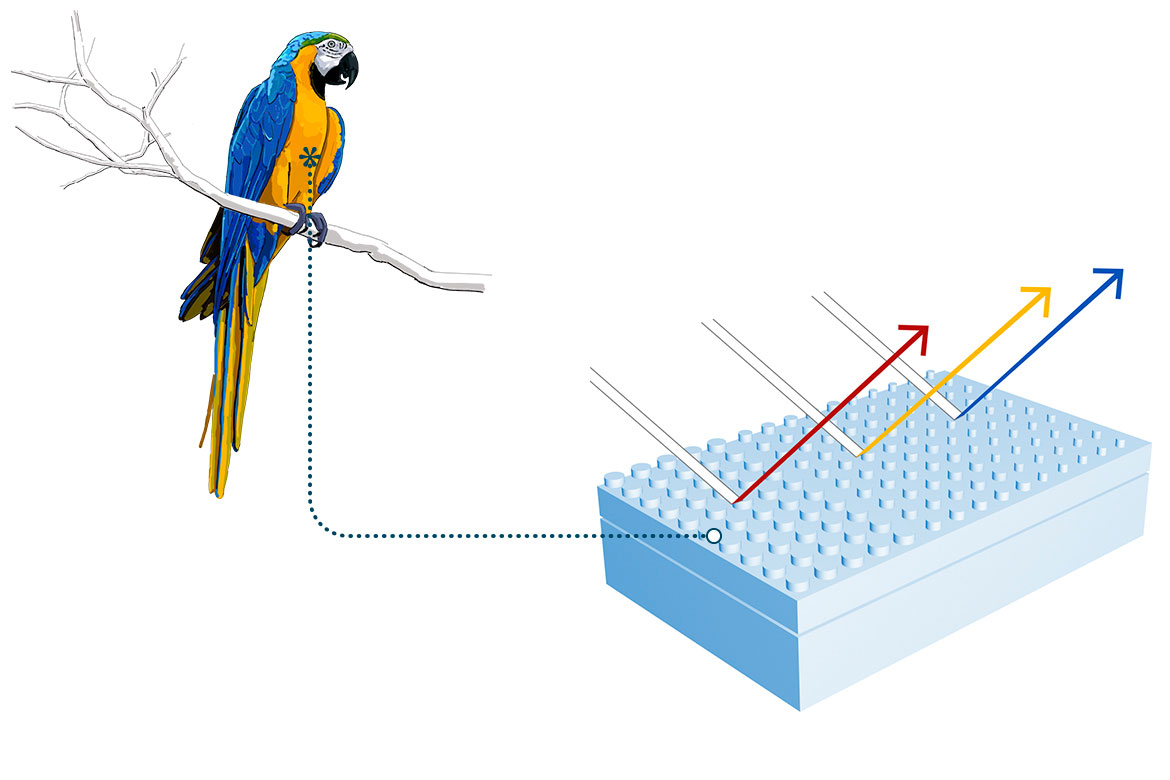
Non-crystalline structural colours could replace printing pigments.
INK
‘My printer’s making a funny squawking noise’
An ink’s colour is determined by the chemical composition of pigments. But there are also so-called structural colours that result from the surface properties of materials at the nanoscale. In nature, most of these shades are iridescent (i.e., they vary according to the viewing angle), but not so in the blue macaw and in some dragonflies. A project of the National Centre of Competence in Research ‘Bio-inspired Materials’, led by Frank Scheffold, aims to develop a new generation of printer inks that will be more durable than conventional pigments.
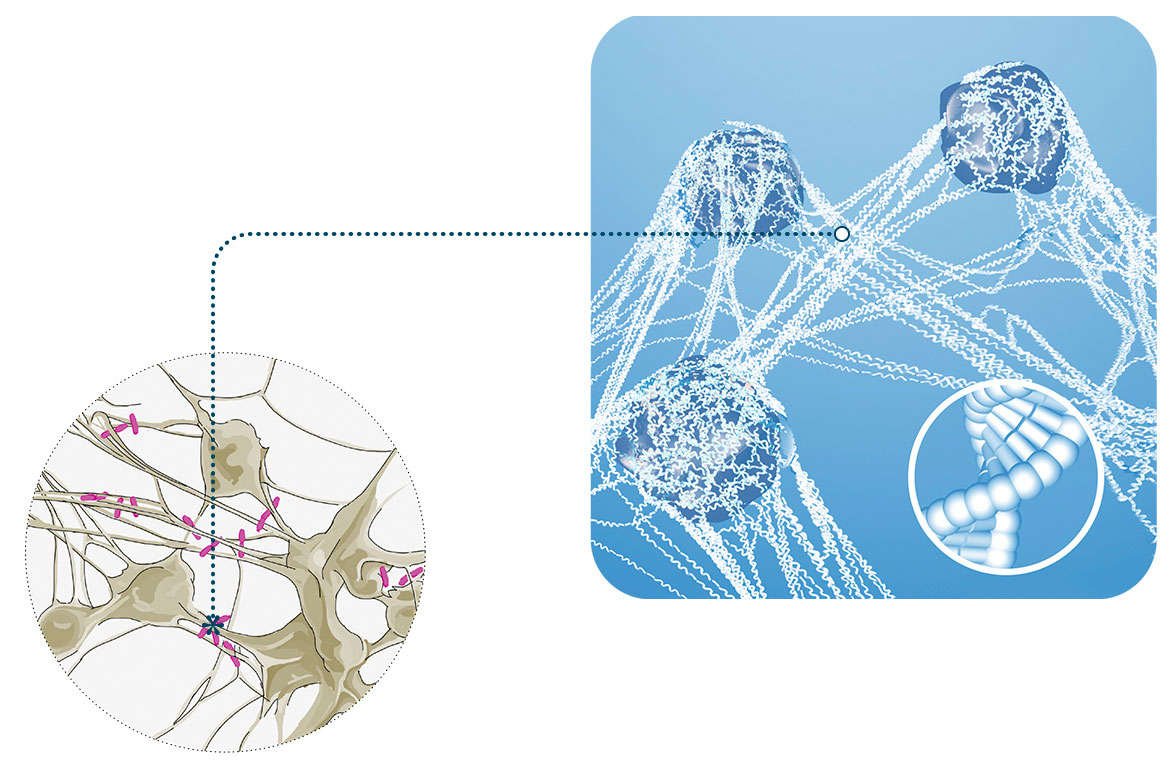
DNA fragments self-assemble and smother tumours.
MEDICINE
Trapping metastases in DNA nets
Not only does the DNA double helix encode genetic information, it is also a versatile material that can self-assemble into complex structures. Neutrophils – immune cells – excrete their own DNA to form a net capable of smothering pathogenic bacteria and yeasts. Curzio Rüegg of the University of Fribourg is working to replicate this phenomenon in order to tackle metastatic cells. The trap would be deployed against dormant malignant cells that often escape conventional therapies.
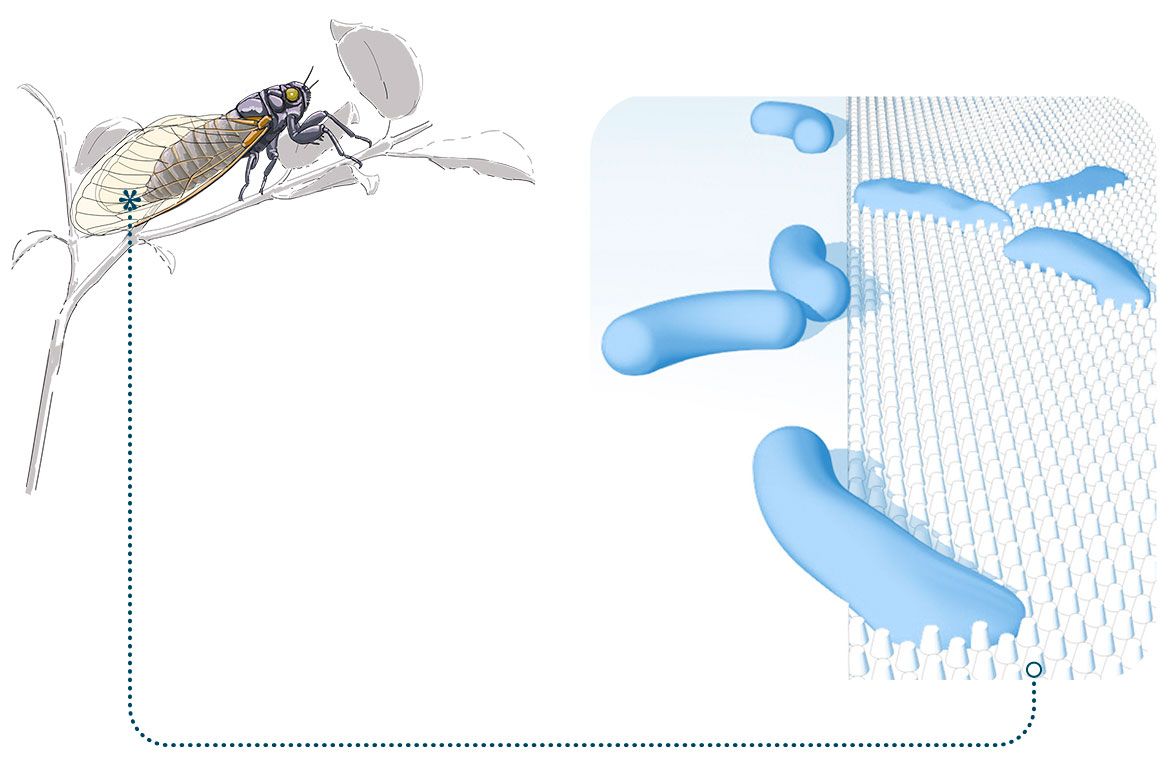
The nano-pillars of an antibacterial surface pierce the membranes of the microbes.
ANTIBIOTICS
The antibacterial cicada
A few years ago, we discovered the amazing defence mechanism of an Australian cicada. Its wings are covered with nano-pillars that tear holes in the membranes of bacteria. Qun Ren from EMPA replicates these surfaces with nanostructured polymers. She has even optimised the size and density of nano-pillars on antibacterial surfaces that can even kill microbes resistant to the cicada’s defences.
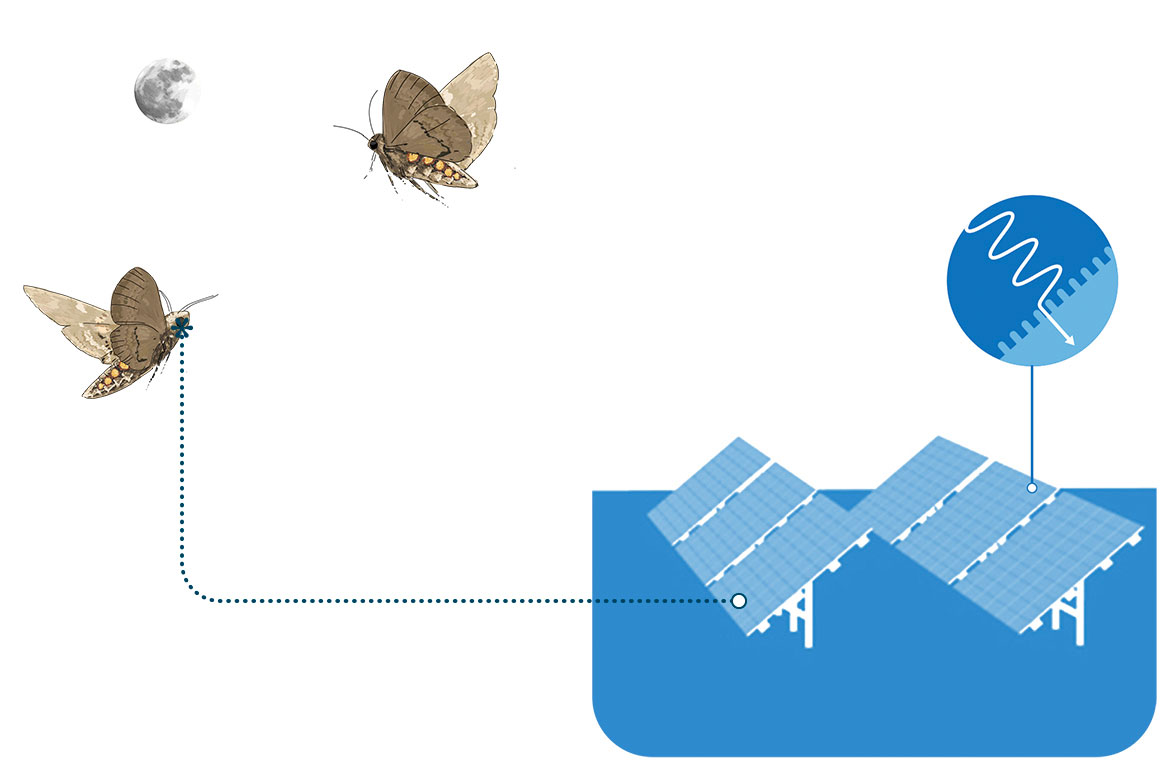
By allowing more light to pass through, these coatings increase the efficiency of solar panels.
PHOTOVOLTAIC
The moth flies to the rescue of the sun
Moths’ eyes feature an anti-reflective, nanostructured surface that captures even the slightest gleam of light. Such a structure may be useful in solar panels, as today’s protective transparent coatings actually reflect away some of the sun’s rays, thereby reducing the efficiency of the solar cells. Yves Leterrier of EPFL is studying the potential of composite polymers as a coating for solar panels, which would slightly improve their efficiency.
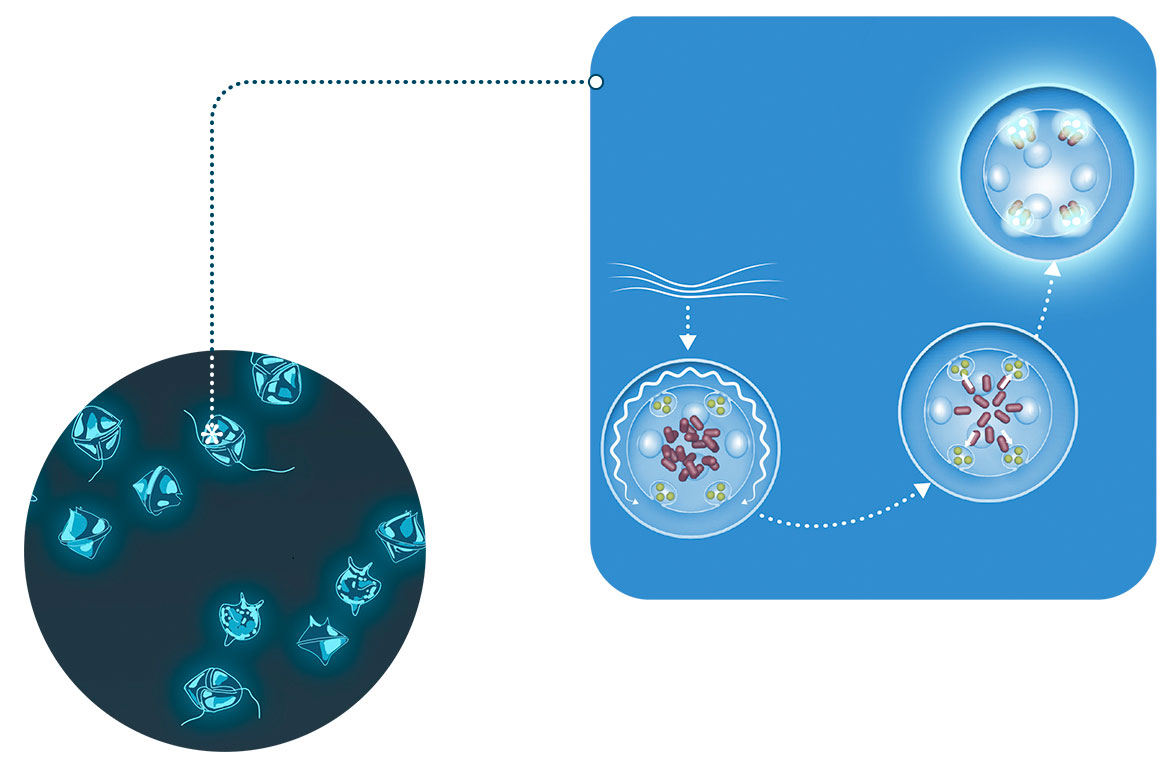
A pressure wave triggers a chemical reaction in a nano-reactor.
CHEMICALS
Algae inspire a chemical switch
Dinoflagellates – a bioluminescent marine algae – light up in response to mechanical shock, such as that caused by predatory attacks, waves, or eddies produced by swimmers. The induced pressure opens up channels into small intracellular compartments filled with luminescent enzymes. As protons enter, they trigger the reaction. Nico Bruns is seeking to reproduce this phenomenon and is considering biochemical nano-reactors that can be controlled by the application of mechanical forces. This work began at the Adolphe Merkle Institute in Fribourg.
Illustrations: Anja Giger

